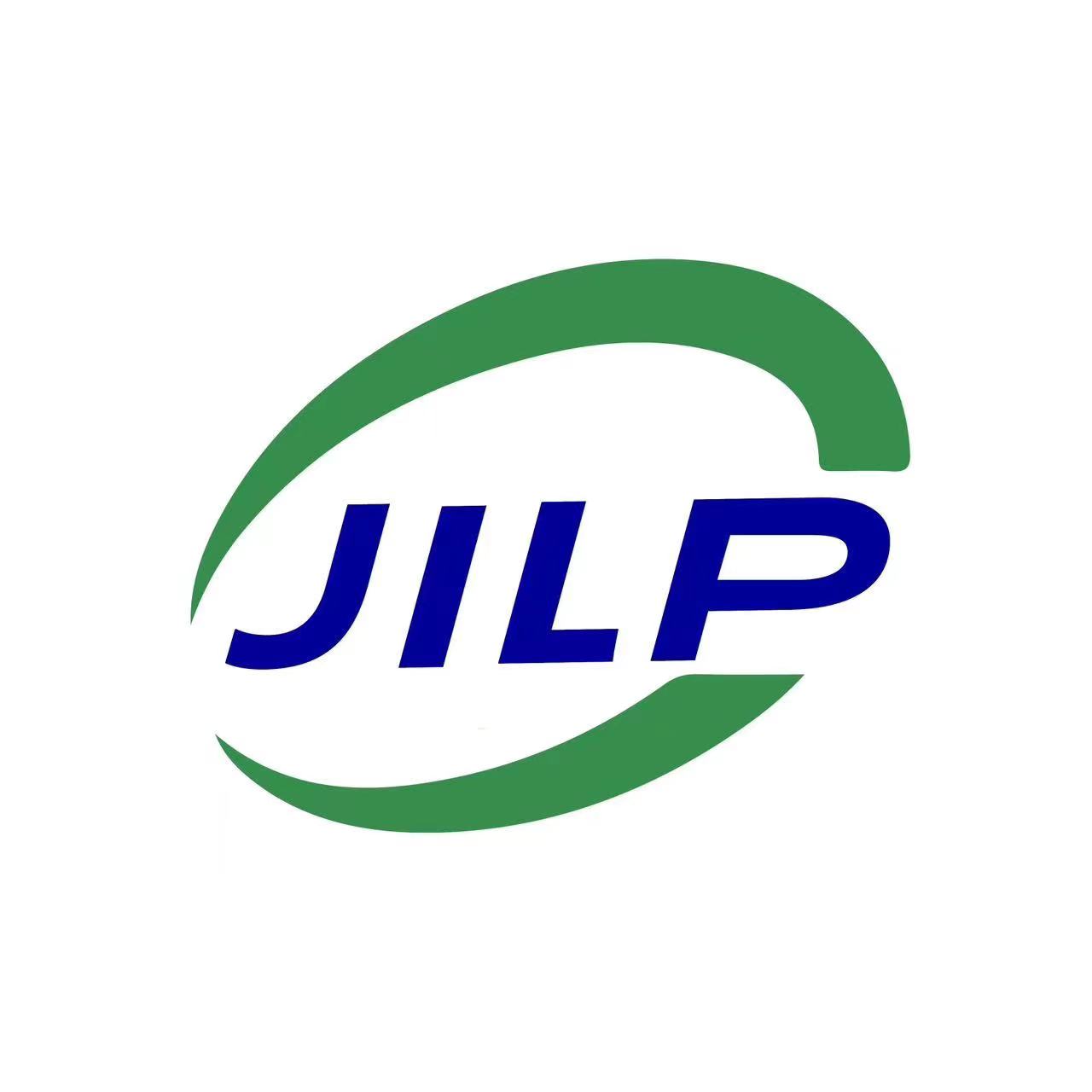The Evolution of Flowserve Dry Gas Seal Technology
The Evolution of Flowserve Dry Gas Seal Technology
Introduction
Gas seals play a critical role in the efficient and reliable operation of centrifugal compressors and other rotating equipment. In recent years, Flowserve has been at the forefront of developing innovative dry gas seal technology. This article highlights the evolution of Flowserve dry gas seal technology and its impact on various industries.
I. Understanding the Need for Dry Gas Sealing
1. The Challenges of Conventional Sealing Methods
2. Introducing Dry Gas Seals
A gas seal is a non-contacting mechanical seal that uses a thin film of gas to create a barrier between the rotating shaft and the stationary housing. Unlike conventional liquid seals, dry gas seals eliminate the need for seals to come into direct contact with the process fluid, leading to increased reliability and reduced maintenance requirements.
II. Advancements in Dry Gas Seal Technology
1. Early Developments in Dry Gas Seals
2. Enhanced Reliability Through Advanced Materials
3. Optimized Seal Geometry for Improved Performance
4. Advanced Monitoring and Diagnostics
Over the years, Flowserve has continuously invested in research and development to enhance the reliability and performance of its dry gas seals. The evolution of the technology can be seen in several key areas:
Early developments focused on improving the basic design of dry gas seals, such as eliminating unnecessary components and optimizing the seal face material selection. These improvements helped reduce failure rates and increase the lifespan of the seals.
Flowserve also explored advanced materials, such as carbon graphite and silicon carbide, to enhance the reliability and resistance of seals. These materials offer improved wear resistance, better thermal conductivity, and increased chemical compatibility with various process fluids.
Optimizing the seal geometry played a crucial role in improving the performance of dry gas seals. Flowserve leveraged computational fluid dynamics (CFD) simulations to study fluid flow patterns within the seal chamber and optimize the design for reduced leakage and improved efficiency.
Flowserve also integrated advanced monitoring and diagnostics capabilities into its dry gas seal technology. By incorporating sensors and advanced algorithms, operators can now monitor seal performance in real-time, detect potential issues, and take corrective actions before any significant damage occurs.
III. Applications in Various Industries
1. Oil and Gas Industry
2. Power Generation
3. Chemical and Petrochemical Industry
4. Pharmaceutical and Food Processing
Flowserve dry gas seal technology has found widespread applications across various industries:
In the oil and gas industry, dry gas seals are employed in centrifugal compressors used for gas transmission, refining, and offshore production platforms. The seals ensure reliable operation in harsh environments, reduce emissions, and minimize downtime.
Power generation plants, including both conventional and nuclear, rely on centrifugal compressors equipped with dry gas seals. These seals provide increased efficiency, reduced operating costs, and improved safety.
The chemical and petrochemical industry often deals with hazardous and corrosive fluids. Dry gas seals help prevent process fluid leakage, minimize environmental impact, and enhance plant safety.
In pharmaceutical and food processing applications, where purity is of utmost importance, dry gas seals offer contamination-free operation, preventing any process fluid from entering the environment.
IV. Future Outlook and Emerging Trends
1. Integration of IoT and Industry 4.0 Concepts
2. Advancements in High-Pressure Applications
3. Enhanced Sealing Techniques for Extreme Conditions
As technology continues to advance, Flowserve is actively exploring several areas to further improve its dry gas seal technology:
Integration of the Internet of Things (IoT) and Industry 4.0 concepts will enable real-time monitoring and predictive maintenance of dry gas seals. By leveraging data analytics and machine learning, operators can optimize performance, improve reliability, and minimize downtime.
Advancements in high-pressure applications will allow Flowserve to meet the increasing demands of industries working with extreme pressures. R&D efforts are focused on developing seals capable of withstanding higher pressures without compromising performance and safety.
Flowserve is researching and testing enhanced sealing techniques to address extreme conditions, such as cryogenic temperatures and corrosive environments. These developments will expand the range of applications for dry gas seals, providing reliable sealing solutions for even the most challenging operating conditions.
Conclusion
Flowserve's dry gas seal technology has come a long way, evolving through continuous research and development efforts. From the challenges of conventional sealing methods to the introduction of dry gas seals, the advancements in materials, seal geometry, and monitoring capabilities have significantly improved reliability, efficiency, and safety. With their extensive applications across various industries, dry gas seals have become an integral part of modern rotating equipment, ensuring smooth operations, reducing emissions, and minimizing unplanned downtime. As Flowserve continues to push the boundaries of dry gas seal technology, the future holds even more promising advancements in this critical field.







